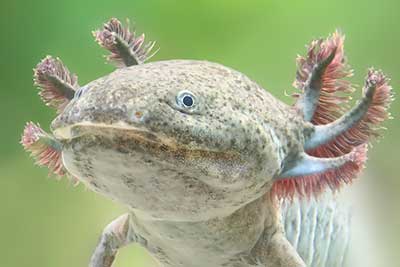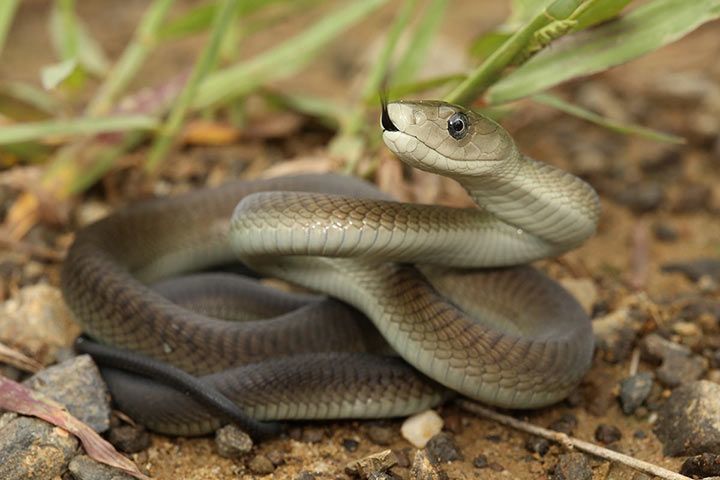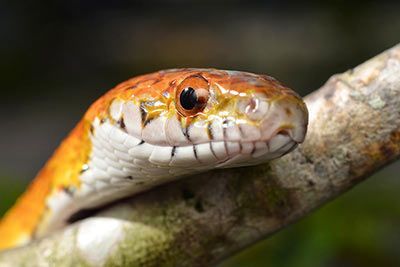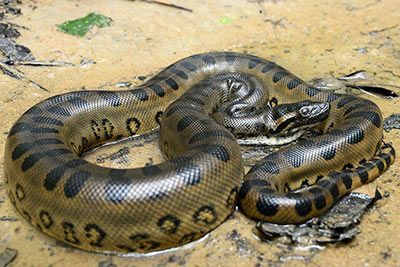Fire Salamander
Fire Salamander Facts
| Size | 6-10 in (15-25 cm) |
| Speed | Unknown |
| Weight | 1.4 oz (40 g) |
| Lifespan | more than 20 years |
| Food | Insects, spiders, millipedes, earthworms, invertebrates |
| Predators | Beetles, fireflies, fish, mice (only larvae) |
| Distribution | Europe |
| Habitat | Caves, deadwood, tree stumps, rocks, forest |
| Class | Amphibians |
| Order | Salamanders |
| Family | Mole salamanders |
| Scientific name | Salamandra salamandra |
| Characteristics | Black skin with yellow spots; poisonous |
Main Characteristics
Salamanders are amphibians that primarily live in damp, cold areas of Europe. They mostly eat isopods, snails and slugs, larvae, maggots, worms, spiders and insects. Their bodies are long and thin, like a lizard’s, but their skin is moist and smooth like a frog’s. Lots of different animals are called salamanders colloquially but there are only two Alpine and four fire salamanders that are true salamanders. This factsheet primarily covers the European fire salamander.
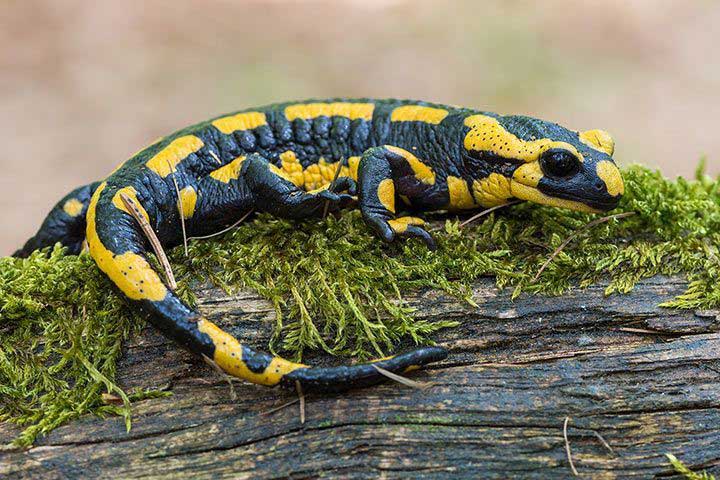
Habitat and Distribution
Fire salamanders live in deciduous and mixed woodland with damp floors, often living in small caves, near dead wood, stones and tree roots.
Lifestyle
Fire salamanders are active at twilight and night, and also come out during rainy days. They have good eyesight (especially at night) and a good sense of smell.
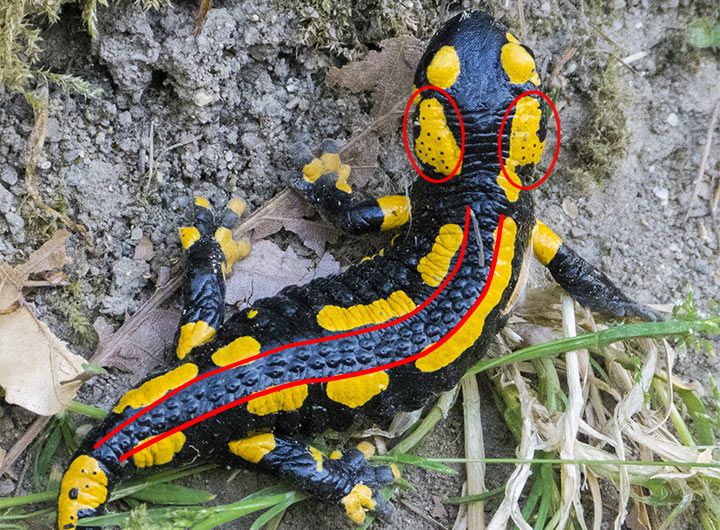
Behavior
Are They Poisonous?
Fire salamanders have lots of glands - you can easily see them on their ears and back. These produce a white, foamy liquid called samandarin. It’s toxic. If a fire salamandar feels threatened, it can “shoot” this liquid up to 3 feet (1 meter) from its gland. This lets it defend itself from attackers even as it runs away. But it mostly uses this secretion to clean and protect its skin from bacteria and fungus. We have an extra article on the topic: Are There Venomous Animals in Germany?
Are They Dangerous?
Is the fire salamander’s toxin dangerous to humans? It depends! Salamandarin can make breathing difficult and cause cramps as well as interfere with your heart’s rhythm. Usually, a small amount of samandarin toxin is not fatal.
Can You Touch Them?
No. Sensitive people and children can have strong reactions to their toxin. So you should never touch a fire salamander.
Senses and Abilities
They Can Regrow Body Parts
If a fire salamander loses its tail in a fight, it can grow another. It just takes a few weeks. It can even regrow body parts, which are much more complicated, e.g. lost legs, arms or injured organs!
Enemies and Threats
What Predators Do They Have?
Adults have no natural predators, but larvae do. They are a favorite food of ground beetles, fish and water shrews.
Are They Endangered?
The fire salamander isn’t endangered in Germany but it is in Switzerland.
Life Expectancy
These little animals can live incredibly long lives. In the wild, they can live to be over 20. One fire salamander in a terrarium in a museum in Bonn, Germany, made it to over 50 years old.
Reproduction
Fire salamanders are born after eight to nine months as larvae, into spawning waters. After three to six months in the water, they go through a metamorphosis, which changes their body so that they can live on land. Their gills disappear and they develop lungs.
Origin of Name
People used to believe that these animals could put out fire, so they would throw them at fires. Obviously, this did not help. Where did humans get this idea?
Fun Facts
The fire salamander was crowned Reptile of the Year in Germany in 2016.
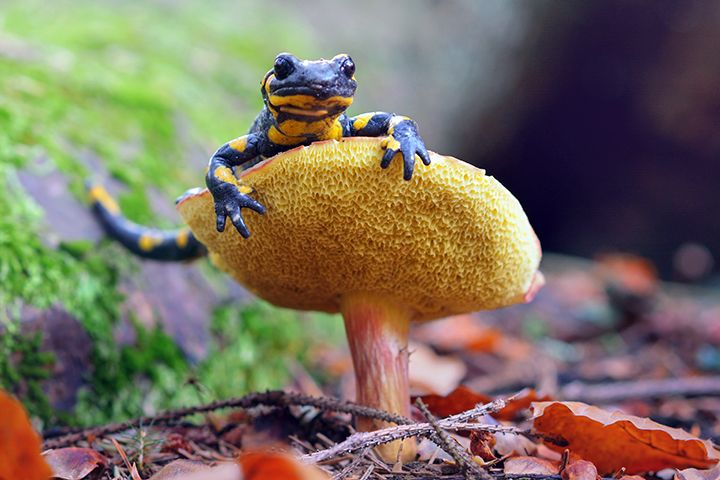
- Find Out More:
- Alpine Newt Facts
- Axolotl Facts
- Watch Now on animalfunfacts.net:
 All About Amphibians
All About Amphibians







